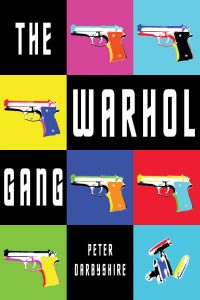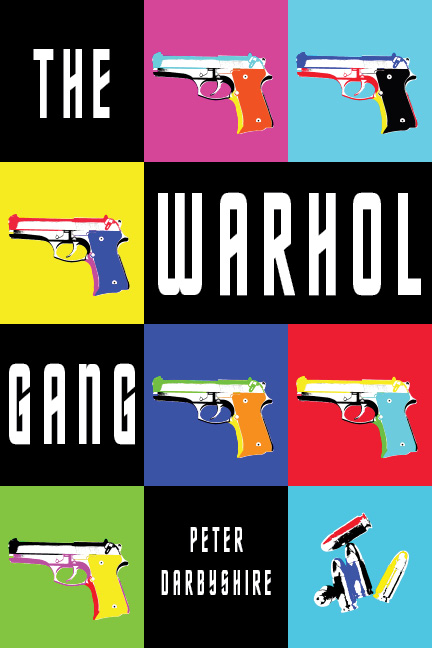Date Posted: June 16, 2011
Print Edition: June 10, 2011
By Paul Falardeau (The Cascade) – Email
 From The Raw Shark Texts to Atlas Shrugged and every Chuck Palahniuk novel in between, it’s not too hard these days to find a book (or film) that plays devious tricks on your mind. Rarer is the breed that takes you for that mental rollercoaster ride and then leaves you thinking about the underlying message for days to come. Enter Peter Darbyshire, with his follow up to the critically-acclaimed Please.
From The Raw Shark Texts to Atlas Shrugged and every Chuck Palahniuk novel in between, it’s not too hard these days to find a book (or film) that plays devious tricks on your mind. Rarer is the breed that takes you for that mental rollercoaster ride and then leaves you thinking about the underlying message for days to come. Enter Peter Darbyshire, with his follow up to the critically-acclaimed Please.
The Warhol Gang takes place in a dystopian future… or wait, does it? The chilling realization of Darbyshire’s novel is that the world he writes about – one of malevolent marketing companies and the brainwashed masses who live to consume – is really not a big stretch from what we experience day to day. Taking a break from reading Warhol and scrutinizing our reality is truly nauseating. That the addiction to buying portrayed by Darbyshire elicits such a violent reaction is a testament to his frank approach to the subject. Beginning as a shootout takes place between the police and the seemingly villainous Warhol, we are thrown into the sad life of Trotsky, a sorry character somewhere between Office Space’s Peter Gibbons and Neo from The Matrix. Trotsky has just been assigned as a temp at Adseneses, a neuromarketing business. The unenviable task of our hero is to be locked into a machine and have advertisements blasted directly into his brain all day.Surprisingly, it’s not a dream job and before long the machine has side-effects on poor Trotsky, who goes to extreme lengths to cure his work-related woes. Soon he is involved in dealings with stressed-out co-workers, a crooked cop, and a girl who has some interesting hobbies, not least of which is her affiliation with a mysterious resistance.
In a book where Darbyshire does an excellent job of portraying his main character’s loosening grip on reality, we are also led to question just what is real. Hallucinations aside, he challenges his readers to ask what they believe about what they buy and what they see. Corporations, cops, and even the bumbling resistance seem to be too content to just assume what they see is real.
It makes sense then that Andy Warhol is chosen as the book’s namesake, because its world is one in which any marketable item is used up and repeated until it has no more real meaning left in it. And it is in this void that our real story takes place. Vividly gruesome at times, Trotsky develops a fetish for accident scenes and snuff videos when buying things is not enough any longer; death becomes the only link anyone in The Warhol Gang has to life. Without death, well, let’s just say there are enough twists and turns and name-changes to keep the pages turning.
It would be easy, even given the solid premise, to deny the idea that Warhol can avoid the campy graveyard that so many like-minded stories have fallen into. Often heavy-handed with morals or needlessly cheesy or gory, Darbyshire strikes a balance. Ultra-modern and chic, he immerses us in the world of Trotsky, Che, Holiday, Flint, and Paris and leaves us looking over our shoulders and wondering if we really need to make our next purchase.


